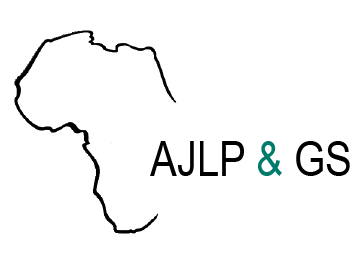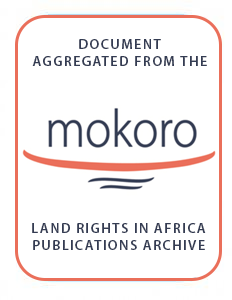A major challenge faced by human societies is to promote development that truly makes difference for people without jeopardizing their environment. This is particularly urgent in developing countries where, despite decades of development programs, local populations often live under poverty…
The study aims to reveal the transition features of agricultural land use in the Groundnut Basin of Senegal from 2009 to 2018, especially the impact of urbanization on agricultural land and the viewpoint of farmland spatiotemporal evolution. Integrated data of time series MCD12Q1 land-use images…
Context and backgroundIn Senegal, the rise in land disputes leads to questions about the place of the administration judge in the protection of the land rights of citizens. Indeed, most of the conflicts that arise either between farmers and herders, or between populations and private investors,…
‘Over the past three decades hundreds of thousands of farmers in Burkina Faso and Niger, on the fringes of the Sahara Desert, have transformed large swathes of the region’s arid landscape into productive agricultural land, improving food security for about three million people. Once-denuded…
Valuable lessons can be learned from smallholder farmers who have successfully protected and regenerated tree cover across agricultural landscapes in Senegal, with minimal reliance on tree nurseries, seedling distribution or tree planting. In the process, they have restored soil fertility to…
In the above initiatives, self-motivated populations increased food security and reduced vulnerabilities to climatic shocks by restoring and sustainably managing local forest resources. To regenerate agroforestry parklands, farmers built on traditional systems to increase on-farm tree density…
The climate-smart village approach created enthusiasm and commitment from farmers in seeking solutions to the problems and constraints that they themselves identified. The approach also involved strengthening the capacity of technical staff to use new tools, and to understand and support the new…
The United Nations General Assembly declared 2021 to 2030 as the decade of ‘ecosystem restoration’, signalling a global consensus on the urgency to restore degraded lands. Restoring degraded lands is critical to regain lost ecological functionality that underpins life-sustaining ecosystem…
Drylands occupy more than 40% of the world’s land area and are home to some two billion people. This includes a disproportionate number of the world’s poorest people, who live in degraded and severely degraded landscapes. The United Nations Convention to Combat Desertification states on its…
Depuis 1946, la FAO assure un suivi des ressources forestières mondiales tous les 5 à 10 ans. Les évaluations des ressources forestières mondiales (FRA) sont désormais produites tous les cinq ans afin de fournir une approche cohérente pour décrire les forêts du monde et leur évolution.…
A study commissioned by IIED. With less than 20 percent of landholdings in Uganda currently registered;land governance is at the forefront of a profound change as customary land is demarcated and registered. A key challenge is to ensure the equitability of this process involving gender and…
L’acquisition de larges superficies de terres arables dans les pays en développement pour y effectuer des investissements a pris forme et ampleur au Sénégal en 2000 avec l’avènement des réformes dans le secteur agricole. Une étude d’IPAR de 2011 dresse un tableau sombre d’attribution de grandes…







